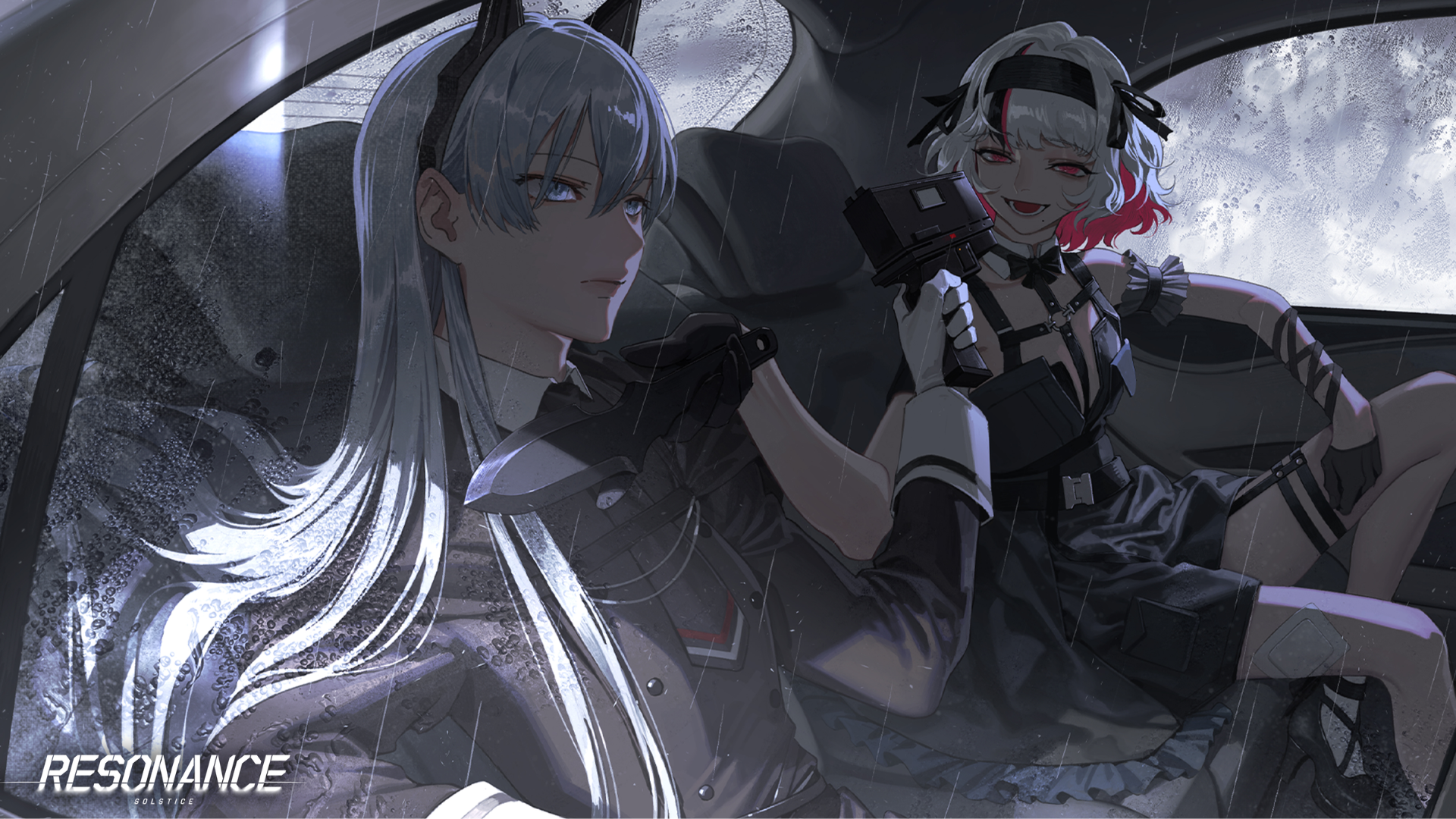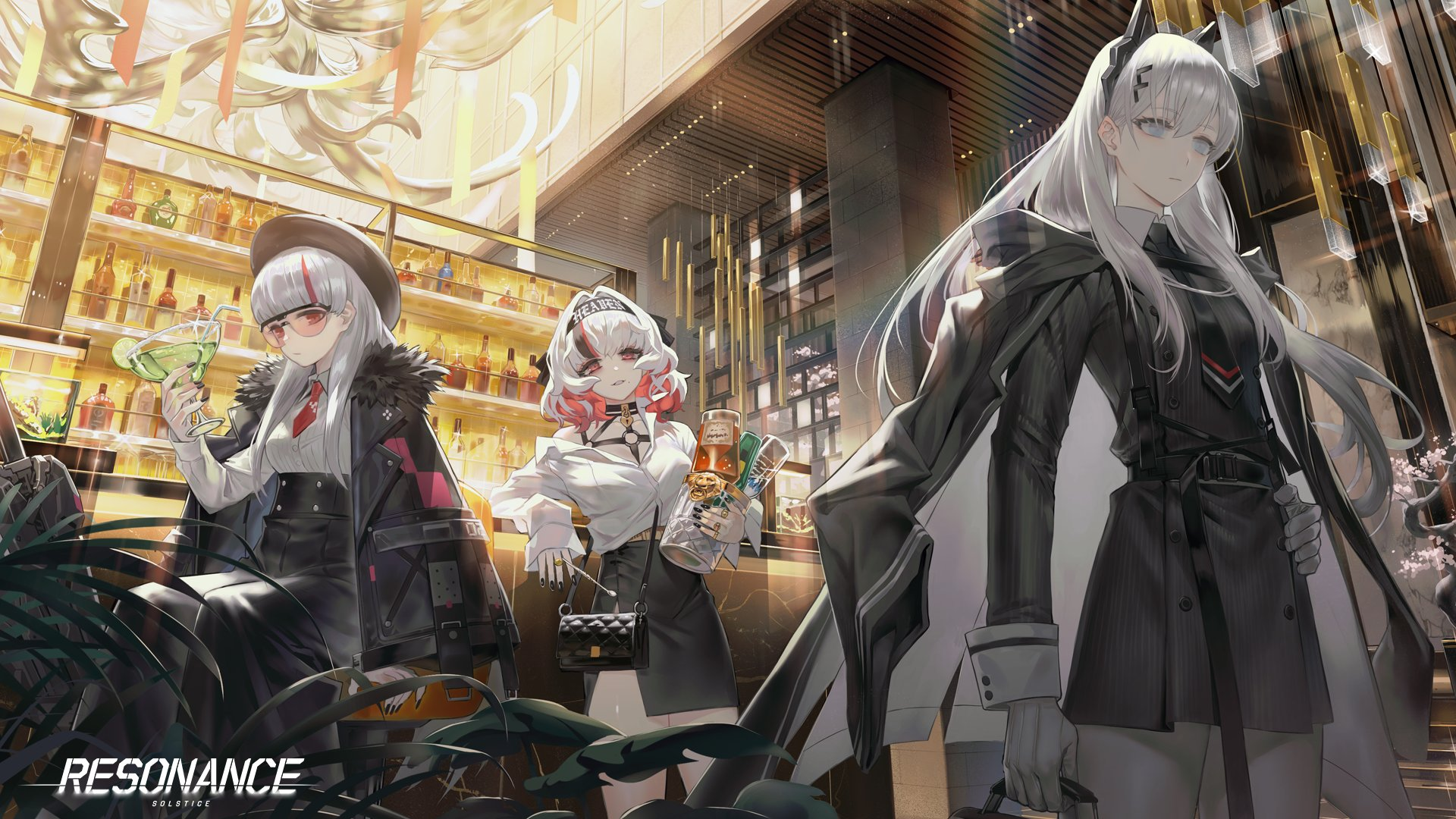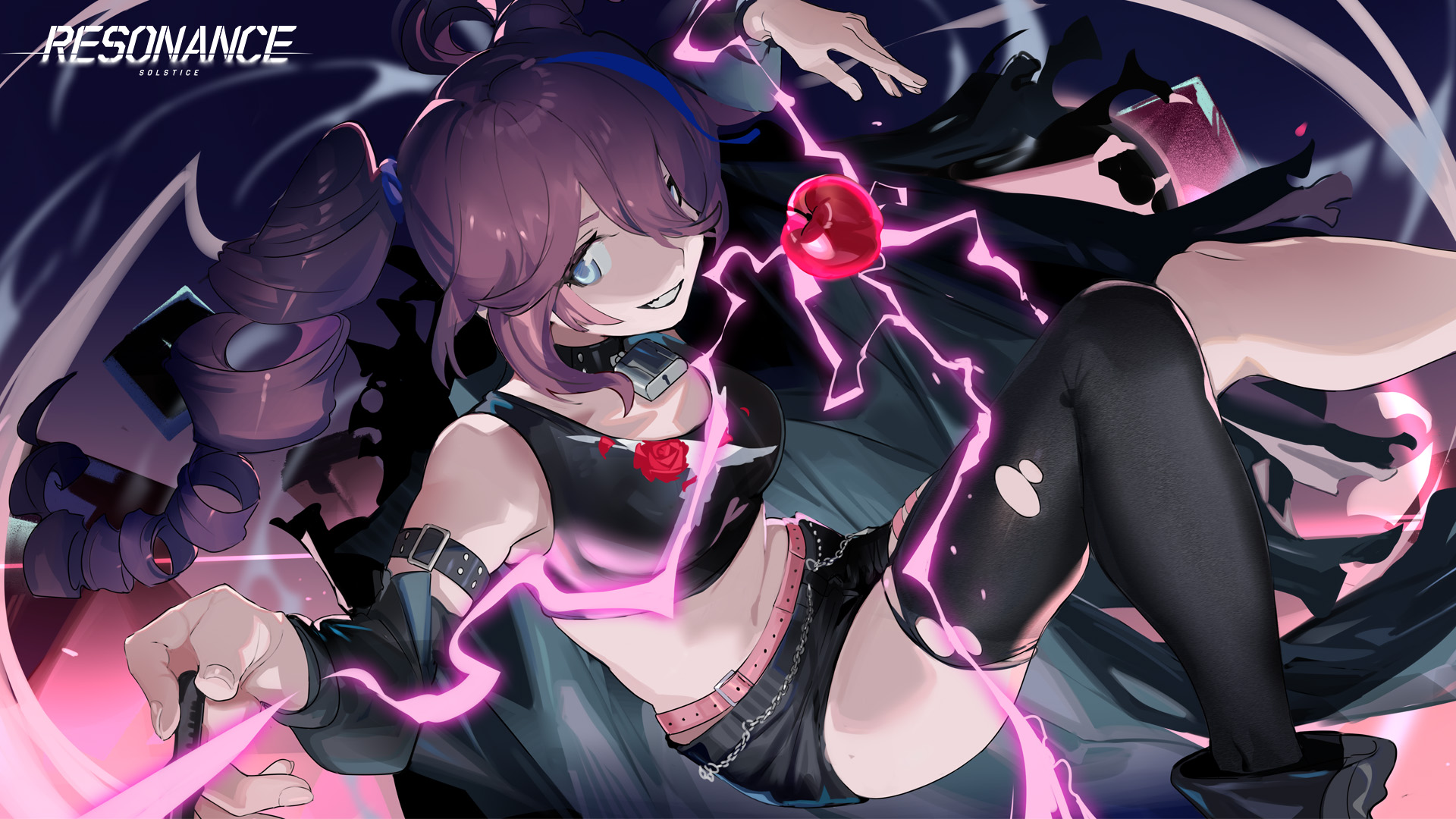Resonance Solstice Optimizing Resource and Cargo Trading Between Cities
Trading is one of the most rewarding and strategic systems in Resonance Solstice, blending economic management with route planning. As the Conductor of the COLUMBA, your goal is to rebuild civilization while keeping your trading empire profitable. Successful trading lies in understanding city economies, balancing resource loads, and timing your deliveries for maximum returns.
The Trading System Explained
According to LDPlayer’s Beginner Guide and MuMuPlayer’s Closed Beta overview, the entire economic network functions through a dynamic trade simulation. Each city represents a commerce hub connected by your train’s established routes (LDPlayer) (MuMuPlayer).
- Cities have varying demand and supply levels based on region-specific resources.
- Market prices fluctuate regularly, affected by trade events, faction missions, and time-based scarcity.
- The train’s cargo capacity and compartment configuration directly dictate profitability per route.
- Your trading actions can raise city development levels, unlocking new contracts and long-haul missions.
Core Principles for Optimized Trade
Efficient cargo management means more than just running back-and-forth deliveries. Following these principles ensures maximum profits across every route:
1. Buy Low, Sell High
Prices vary per city based on rarity. For instance:
- Industrial cities buy Mineral Alloys at a premium.
- Agricultural settlements prefer Processed Food or Medicine.
Plan trade loops that invert resource flow; sell surplus goods to resource-poor cities and restock raw materials for your next leg of the journey (LDPlayer).
2. Set Route Hierarchies
Not all routes are equal. Design your railway network with tiers:
- Primary Lines: Major profitable loops between large cities that handle bulk goods.
- Secondary Lines: Niche runs focused on specific item types (fuel, medicine, artifacts).
- Local Support Routes: Supply smaller cities to raise trust ratings and unlock new merchants.
3. Manage Cargo Weight
Every train car has a weight limit, influencing engine speed and resource upkeep. Overloading reduces travel efficiency and increases fuel costs. Optimize by balancing light valuable goods (like electronics or morphic crystals) with denser bulk materials (ores or rations).
4. Trackside Collection and Bonuses
While traveling, collect scattered materials and “Lost Cargo Nodes.” Each successful pickup adds to your cargo manifest and sometimes includes rare Morphic resources needed for city workshops (LDPlayer).
5. Upgrade Cargo and Reactor Cars
Cargo cars affect trade volume, while reactors manage fuel range. Prioritize upgrades in this order:
- Cargo Car expandable bays
- Defensive plating for longer trips through polluted zones
- Reactor efficiency modules to reduce travel time
Each upgrade directly influences your net profit over distance.
Profitable Trade Route Examples
| Route | Key Cargo | Reward Range | Notes |
|---|---|---|---|
| Bonfire City → Auric League Bastion | Refined Minerals | 8,000–12,000 BCRL | Best early-game money loop |
| Solliner Port → The Noctis Domain | Food + Equipment | 9,000–11,500 BCRL | Requires strong defense loadout |
| Meridian Outpost → Columba Junction | Morphic Dust | 15,000+ BCRL | Endgame-tier with high risk |
| Agricultural Zone → Factory Corridor | Medical Rations | 7,500–9,000 BCRL | Fast auto-route; low risk |
Efficient loops should always end in high-demand hubs like Auric League Bastion or Bonfire City where trade taxes are lower.
Combining Trade with City Growth
Trade is also tied to city reputation and development:
- Each successful delivery increases city bonds, unlocking faction shops and train upgrades.
- Raising development to Tier 3 or higher introduces specialty contracts, awarding exclusive traits and alliance bonuses.
- Some cities trigger rare trade events, temporary surges where prices double. Always check the trade terminal before departure.
Advanced Tips for Cargo Optimization
- Diversify Cargo Types: Avoid saturating your route with a single commodity. Carry mixed categories (industrial, food, medical) to cover random events.
- Monitor Fuel Use: Train speed and cargo weight drain different amounts of fuel. Keep backup fuel cells to avoid emergency halts mid-route.
- Add Crew Bonuses: Assign logistic crew to cargo cars; their skills can passively boost trade profit margins by up to 10%.
- Exploit Faction Trading: When aligned with a faction (like Columba Union), special freight missions grant boosted rewards and exclusive items.
- Event-Based Markets: Trade festivals occur weekly in major hubs. Selling goods during these periods increases payout by 25–40%.
The Trading Showcase video from YouTube humorously summarizes it as “World in flame, money’s the game—buy cheap, sell sweet, fill your loot sheet” (YouTube).
Example Mid-Game Setup
A balanced setup for intermediate routes might include:
- 3 Cargo Cars for variety and load flexibility.
- 1 Armor Car for defense against marauder raids.
- 1 Reactor Car upgraded for longer endurance.
This design offers a good balance between load and survivability, essential for mid-level markets.
Final Thoughts
Mastering the trading system in Resonance Solstice means thinking like both a merchant and a strategist. Every city offers risk-versus-reward decisions that influence your prosperity and power progression. Balance your resources, plan dynamic routes, and use your cargo space wisely to become the most efficient Conductor in the wasteland.
For deeper mechanics, read the LDPlayer Beginner Guide and MuMuPlayer Beta Analysis, or check the official showcase on YouTube.


